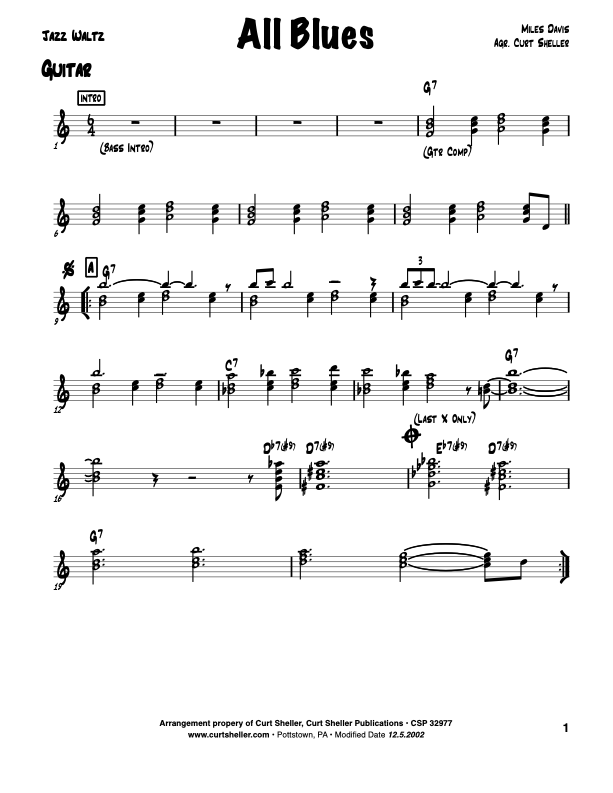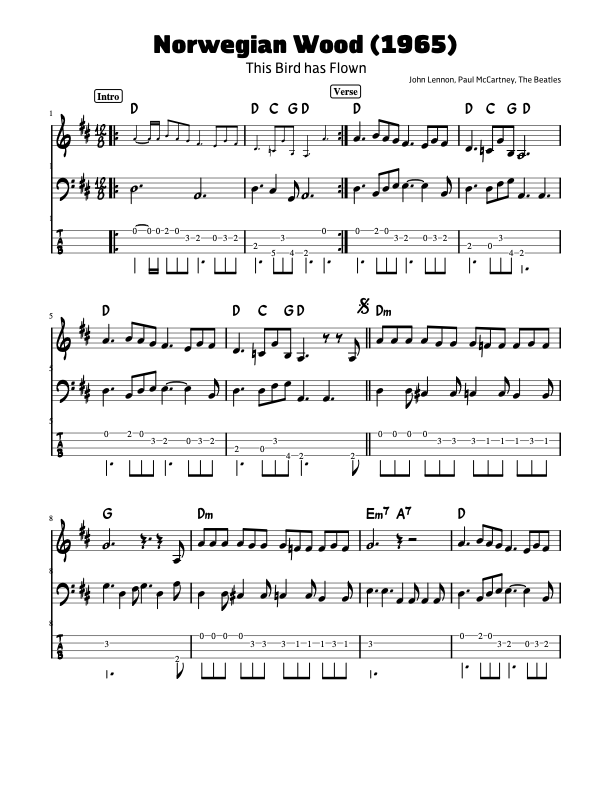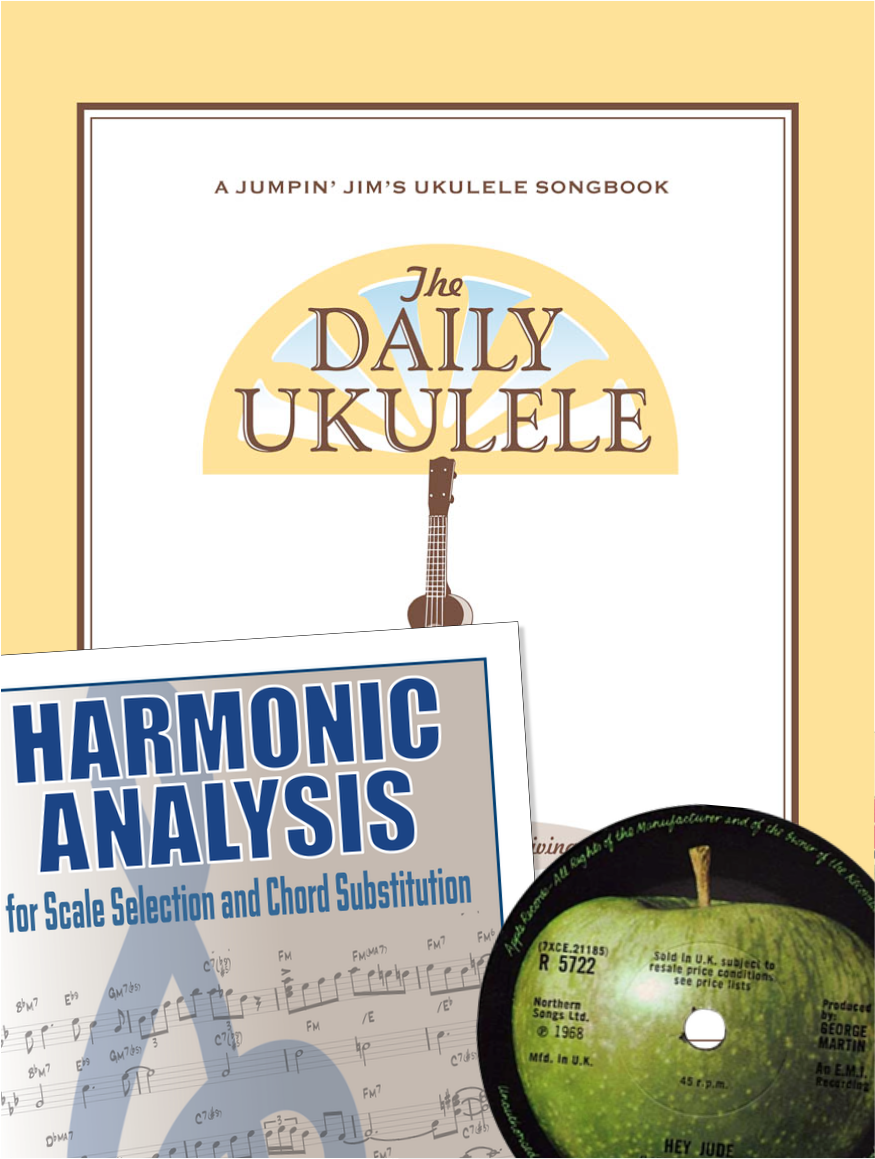The Mixolydian progression - "Sweet Home Alabama" by Lynyrd Skynyrd: This iconic rock song is built around a Mixolydian-based guitar riff. The chords used in the main progression are D-C-G, which are characteristic of the Mixolydian mode in the key of D.
The Mixolydian progression - "Sweet Home Alabama" by Lynyrd Skynyrd: This iconic rock song is built around a Mixolydian-based guitar riff. The chords used in the main progression are D-C-G, which are characteristic of the Mixolydian mode in the key of D.
* Based on a Major Full Diatonic Scale) it is a bVII7 . Based on the Mixolydian mode is is a VII7 . The Nashville Number System using a 7 but it actually refers to a b7 as a true VII chord in a major key si super, super rare.
Songs that use the chords from the Mixolydian Scale Mode for some or all of the song.
- Sweet Home Alabama – Lynyrd Skynyrd • I VII IV I
- Taking Care of Business – Bachman Turner Overdrive • I VII IV I
- Sweet Child O' Mine – Guns N' Roses • I VII IV I
- All Blues – Miles Davis
- Clocks – Coldplay
- Dark Star – Grateful Dead
- Epistrophy – Thelonious Monk
- Hey Jude – The Beatles
- I Feel Fine – The Beatles
- My Generation – The Who • I VII
- Norwegian Wood (This Bird Has Flown) – The Beatles
- Paperback Writer – The Beatles
- Shake It Off – Taylor Swift
- Sympathy For The Devil – The Rolling Stones
- Thunderstruck – AC/DC
Related Lessons, Videos, Lesson Series, Songs, Books & Reference Charts, Resources & Assets, Workshops are below.

All Blues is a jazz composition by Miles Davis first appearing on the influential 1959 album Kind of Blue. It is a twelve-bar blues in; the chord sequence is that of a basic blues and made up entirely of seventh chords, with a VI in the turnaround instead of just the usual V chord. In the song's original key of G this chord is an E7. "All Blues" is a modal blues in G mixolydian.

"Norwegian Wood (This Bird Has Flown)" is a song by the Beatles from their 1965 album Rubber Soul. It was written mainly by John Lennon and credited to the Lennon–McCartney songwriting partnership. Influenced by the introspective lyrics of Bob Dylan, the song is considered a milestone in the Beatles' development as songwriters. The track features a sitar part, played by George Harrison, that marked the first appearance of the Indian string instrument on a Western rock recording. The song was a number 1 hit in Australia when released on a single there in 1966, coupled with "Nowhere Man".

Harmonic Analysis is the understanding of the functional sequence of chords. It is the process used to analyze the harmonic structure of a progression, song or composition. This analysis is then used to make scale selections for improvisation and chord substitution.


return in your investment)—it is this— learning the
f*ckingnotes of your OWN instrument. Sorry for the tough talks—but it is sooooo true!


Learn to read single note melodies in the first/open position is a lot easier than you might think. Book: Ukulele – Reading Music Series – Primer

An organized collection of daily practice and reference material for the contemporary ukulele player for developing the vocabulary and knowledge necessary for single note playing. Book: Daily Practice Material for the Contemporary Ukulele
Checkout the Books & Reference Charts for additional Handy, Dandy Reference Charts.

Ukulele Fingerboard Chart for C Tuning, Low or High G – G C E A

Ukulele Fingerboard Chart for G Tuning, Low or High A – D G B E

A handy reference chart of all 15 major and relative minor key signatures. US Letter 8.5 x 11 sized (ANSI-A) , A4





.jpg)